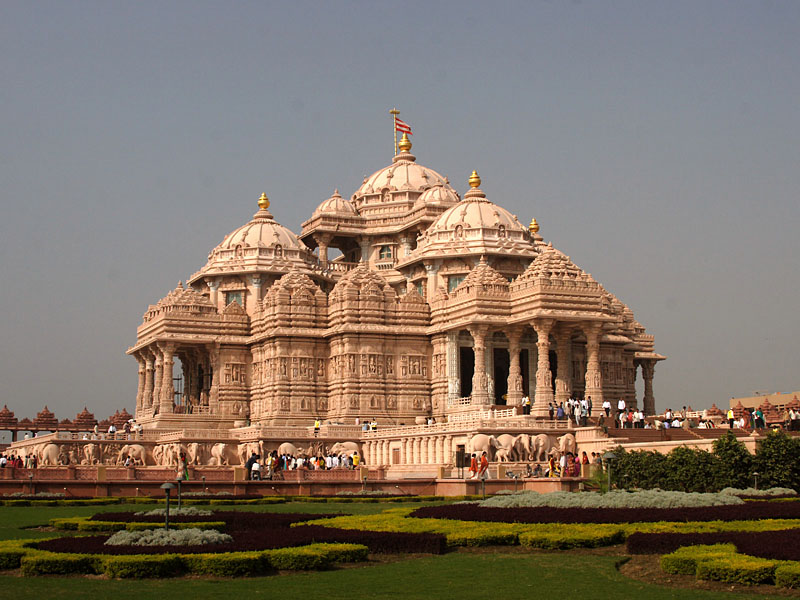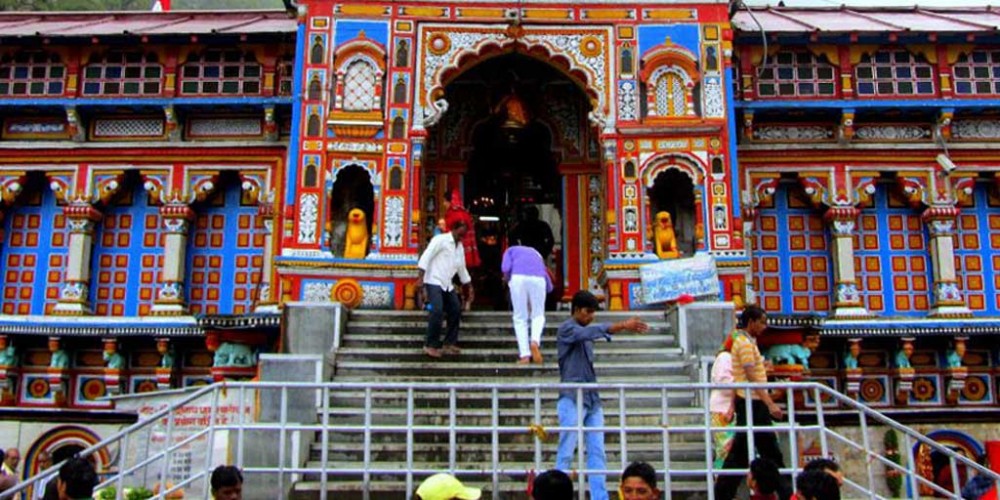Non-Statutory Warning – This piece undertakes a fair bit of legal analysis, which is indispensable given the nature of the discussion. However, the endeavour has been to keep it as lucid as possible.
In my previous part of this series, I began a discussion on the rights of Hindu religious institutions under the Constitution. In a nutshell, I had observed the following:
i.The fundamental right to religious freedom recognized under Article 25(1) does not include the fundamental right to convert.
ii.The right under Article 25(1) is available to persons of all faiths including Hindus. However, the right is not absolute and can be interfered with on grounds of public order, morality, health and other provisions of Part III of the Constitution.
iii.In addition, the rights under Article 25(1) can be restricted through laws under Article 25(2) which:
(a) Regulate or restrict any economic, financial, political or other secular activity which may be associated with religious practice or
(b) Advance social welfare and reform or provide for the throwing open of Hindu religious institutions of a public character to all classes and sections of Hindus.
iv. The sum and substance of Article 25(2) is as follows:
There are no fetters in the Article which prevent the State from enforcing an existing law or creating a new one if the law relates to subjects referred to in (a) or (b). However, limitations continue to apply to the State’s powers by virtue of other provisions of the Constitution.
v. Article 25(2)(a) applies to all religious groups, including Hindus. However, the scope of the State’s interference under the provision is limited to “secular activities”, meaning activities though undertaken in relation to a religious practice are not religious activities in themselves. This explains the use of the words “economic, financial or other secular activity”.
vi. In contrast to Article 25(2)(a), 25(2)(b) uses broader terms like “ social welfare”, “ reform” and importantly it speaks of throwing open of Hindu religious institutions of a “public character” to “all classes and sections of Hindus”. While the first portion of 25(2)(b) allows the State to pass a law to advance “ social welfare and reform” which applies to all communities, the second portion of “throwing open of Hindu religious institutions of public character” applies only to Hindus of all classes and sections.

I had then concluded the piece raising the following questions:
i.Under Article 25(2)(a), to what extent can the State interfere in the functioning of Hindu religious institutions in so far as its “ secular” (non-religious) activities are concerned?
ii. Under Article 25(2)(b), can the State alter or abolish a Hindu religious practice which is protected under Article 26 in the name of “social welfare” or “ reform”? If yes, to what extent is the interference permissible under the law?
iii. In the name of social welfare or reform under Article 25(2)(b), can the State pass a law requiring Hindu religious institutions to open their doors even to non-Hindus?
Since the answers to these questions require us to look into Article 26 as well, let’s see what the provision says. Subject to public order, morality and health (but not to other provisions of Part III), Article 26 recognizes the right of “every religious denomination or section thereof” to:
i. Establish and maintain institutions for religious and charitable purposes
ii. Manage its own affairs in matters of religion
iii. Own and acquire movable and immovable property and
iv. Administer such property in accordance with law.
Clearly, these rights are available to “every religious denomination or section thereof”, Hindus included. However, what is important to note is that the language of Article 26 gives the impression that the rights recognized by it may be restricted only by considerations of public order, morality and health.
Further, on a plain reading, it may seem that Articles 25 and 26 operate in silos since the former speaks of the right to religious freedom of individuals whereas the latter deals with the right of religious denominations to manage religious affairs. The consequence of such a compartmentalised approach is that it could be argued that the right to manage religious affairs under Article 26 may be curtailed by the State only under the exceptions provided in the provision itself, but not through the windows of interference carved out in Article 25.
What does this mean in the context of the questions posed in the last piece? It means that one could argue that the State may not cite social welfare, reform, regulation of a secular non-religious activity,throwing open of Hindu religious institutions of public character of all classes and sections under Article 25(2),or considerations other than public order, morality and health as pretexts to encroach upon the rights of religious institutions, including Hindu ones, recognized in Article 26.
However, the Supreme Court took a different view in Sri Venkataramana Devaru & Ors. v. The State of Mysore & Ors. (1957). The reasoning of the Supreme Court in this case was as follows:
i. The fundamental right of religious freedom available to individuals under Article 25(1) is subject to other provisions of Part III. Part III includes Article 26. Therefore, the right of individuals under Article 25(1) is equally subject to the right of religious denominations under Article 26.
ii. However, the aforesaid proposition does not extend to 25(2) since the power of the State under Article 25(2) is untouched by the import of Article 25(1)because the language of the former begins with “Nothing contained in this article…”. Therefore, while individual religious rights under Article 25(1) are limited by rights of religious institutions under Article 26, the power of the State under Article 25(2) is not limited by Article 26. In fact, the State may invoke Article 25(2) and legislate on all issues and rights covered in Article 26.

Supreme Court of India
This “reformist” position applies to all religious groups, including Hindus and Hindu religious institutions of any denomination, and continues to be endorsed by the Supreme Court in 2015 (Riju Prasad Sarma & Ors. v. State of Assam & Ors). Illustratively, what this means is if a person is barred from entering a place of worship citing a religious practice or tradition, the right of the place of worship under Article 26 shall prevail over the individual claim’s to religious freedom under Article 25(1). However, in principle, it is possible for the State to invoke its powers under Article 25(2) and pass a law which requires the place of worship to allow the individual to enter it.
It must be understood that this is but a crude illustration of the legal position because there are quite a few riders and qualifications which apply to it. Therefore, although the questions raised in the last piece have been partly answered, what still remains to be addressed is the degree of interference permissible in the exercise of powers under Article 25(2). What also remains to be addressed is whether the State, including the judiciary, has interfered equally with the rights of all religious groups. Given the overdose of legal analysis in this piece, the question of degree shall be addressed in the next piece with interesting examples.
Continued in the next part
J. Sai Deepak is a Delhi-based litigator who practises primarily before the Delhi High Court. Sai writes on economic laws and policy on his blog “The Demanding Mistress” http://thedemandingmistress.blogspot.in/. He is @jsaideepak on Twitter.

